A Guide to Fall Greenhouse Gardening – Harvesting Autumn’s Hidden Gems
As the crisp autumn air settles in and leaves transform into a tapestry of reds and golds, many gardeners bid farewell to their summer harvests. But what if the end of summer didn’t signal the end of fresh, homegrown produce? Imagine stepping into a warm greenhouse brimming with vibrant greens and ripe vegetables, a personal oasis defying the chill outside. Welcome to the world of fall greenhouse gardening—a realm where the bounty of the harvest season extends well beyond the first frost.
Getting the most out of your greenhouse all year round can be a challenge. However, with careful set up and planning the fall and winter growing seasons can be just as productive as the other times of year. Below, we will look at the best vegetables and plants to grow in fall as well as how to choose the right companion plants to grow. We will also look at the problems that you might face when growing in fall and winter and how you can overcome the, including useful tips on maintaining temperature inside your greenhouse.
Designing the Perfect Fall Greenhouse Layout
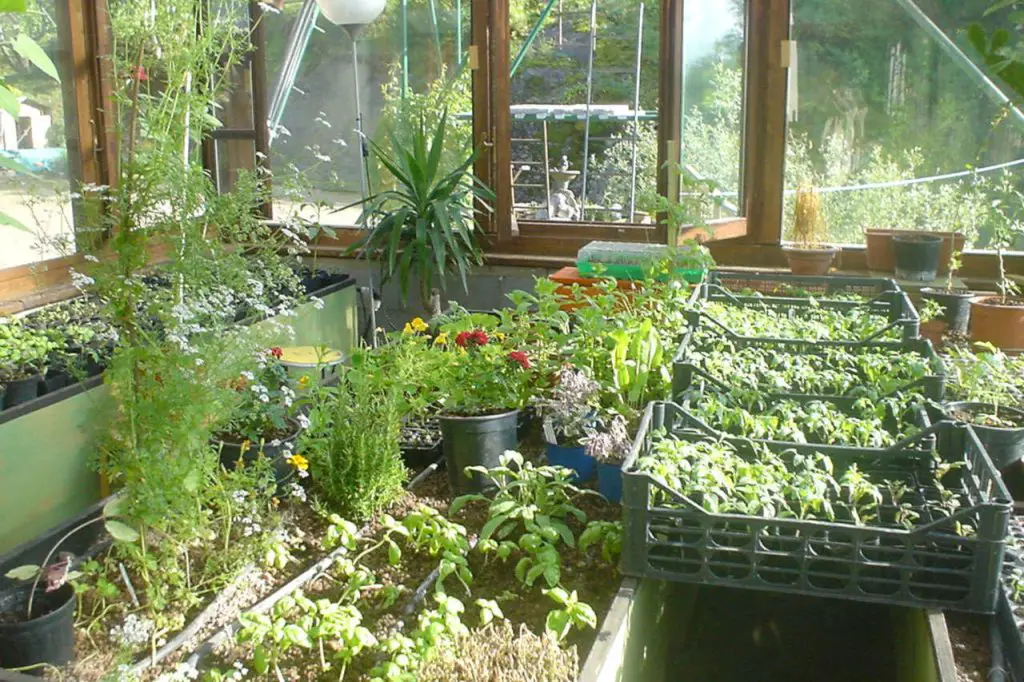
Maximizing Sunlight Exposure
During fall, daylight hours decrease, so maximizing sunlight becomes essential. Position your greenhouse to face south to capture the most sunlight throughout the day. Arrange taller plants at the back and shorter ones at the front to prevent shading. This setup ensures that every plant gets the light it needs to thrive.
Incorporating Thermal Mass for Heat Retention
Temperatures drop at night, but you can keep your greenhouse warm by incorporating thermal mass. Materials like water barrels, stones, or bricks thar absorb heat during the day and release it at night (ceramic/refractory bricks used for kilns are cheap and are excellent or this). This passive solar heating method helps maintain a stable temperature, protecting your plants from cold snaps.
Vertical Gardening to Save Space
If space is limited, consider vertical gardening. Use trellises, shelves, or hanging baskets to grow plants upward rather than outward. Crops like peas, beans, and certain varieties of tomatoes are ideal for vertical growth. This approach not only saves space but also increases your overall yield.
Selecting the Best Fall Greenhouse Vegetables
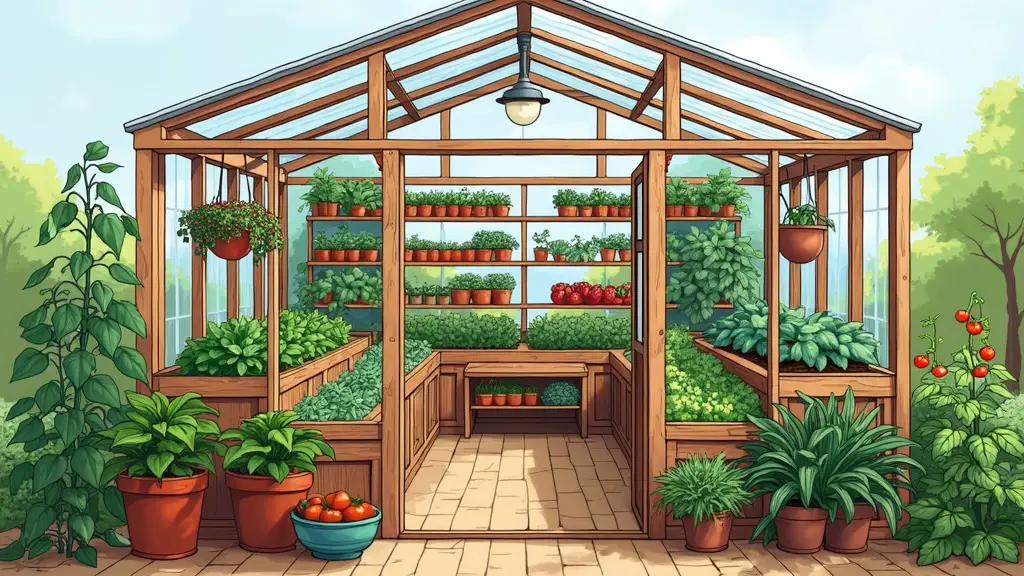
Cold-Hardy Varieties
Choosing the right plants is key to a successful fall garden. Cold-hardy vegetables thrive in cooler temperatures. Leafy greens like spinach, kale, and Swiss chard grow quickly and can tolerate frost. Root vegetables such as carrots, radishes, and turnips develop well in cool soil. Don’t forget brassicas like broccoli and Brussels sprouts, which actually taste better after a light frost.
Uncommon Vegetables to Try
Add variety to your garden with some less common crops. Asian greens like bok choy and tatsoi grow rapidly and offer unique flavors. Exotic herbs such as cilantro and parsley can withstand cooler weather and add zest to your fall recipes.
Timing Your Planting Schedule
Success in fall gardening depends on timing. Start seeds early enough to allow plants to mature before the days become too short. Check the first expected frost date in your area and count backward to determine your seed starting dates. When transplanting seedlings, do it during cooler parts of the day to reduce stress on the plants.
The Art of Fall Greenhouse Companion Planting
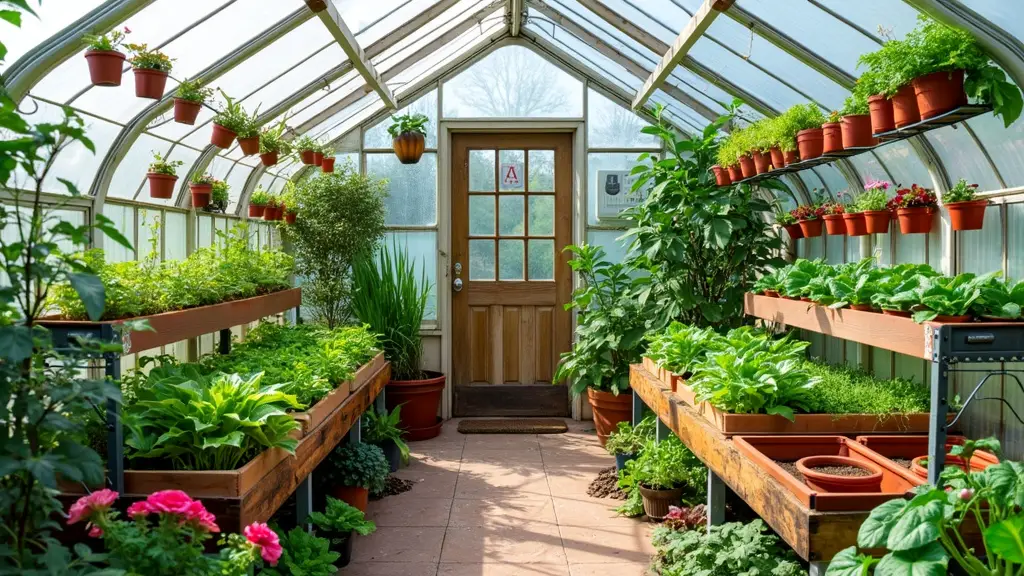
Creating Symbiotic Relationships
Companion planting involves pairing plants that help each other grow. Some plants improve soil nutrients, while others offer shade or support. For example, planting carrots alongside leeks can deter pests, as their scents confuse insects looking for a specific host.
Companion Plants for Pest Control
Natural pest control is essential in a greenhouse. Planting marigolds and nasturtiums can repel aphids and whiteflies. Certain herbs like thyme and mint emit strong scents that deter insects. Integrating these plants reduces the need for chemical pesticides.
Enhancing Flavor and Growth with Plant Pairings
Some plant combinations can improve flavor or growth rates. Growing basil near tomatoes not only enhances the flavor of tomatoes but also repels pests. Planting beans with leafy greens enriches the soil with nitrogen, benefiting all nearby plants.
Innovative Fall Greenhouse Planting Techniques
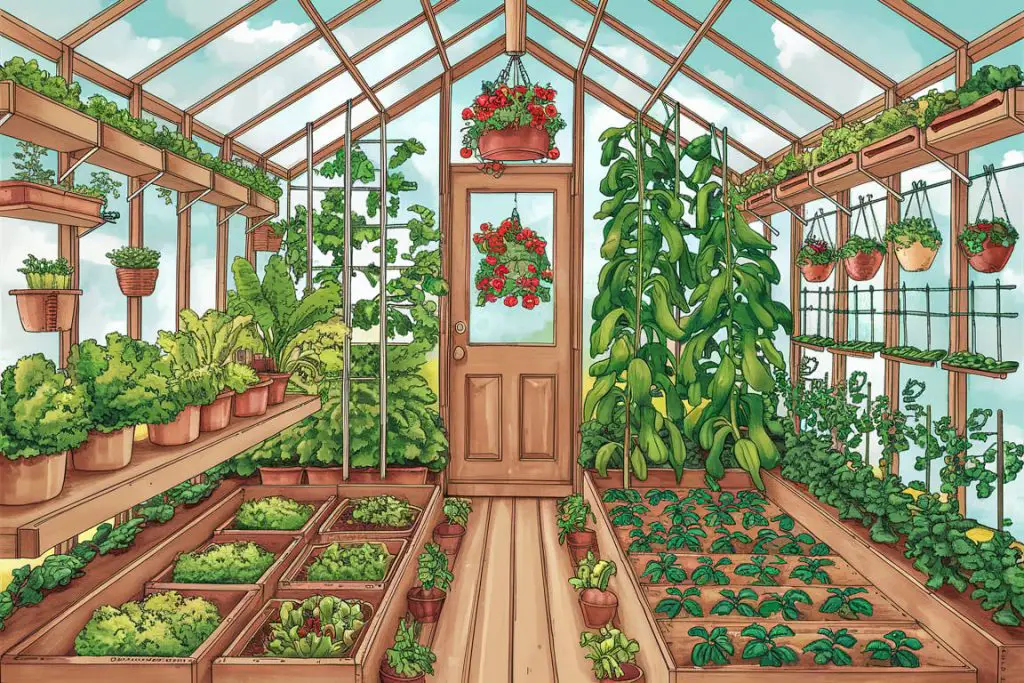
Succession Planting for Continuous Harvest
To enjoy fresh produce all season, practice succession planting. This involves sowing seeds in intervals, ensuring a continuous harvest. Choose fast-maturing crops like radishes and lettuce, which can be planted every couple of weeks.
Using Raised Beds and Containers
Raised beds and containers are excellent for greenhouse gardening. They offer better control over soil quality and drainage. Raised beds warm up faster than ground soil, promoting quicker growth. Containers can be moved to optimize light exposure or temperature conditions.
Soil Amendments for Fall Crops
Healthy soil leads to healthy plants. Before planting, enrich your soil with organic fertilizers and compost. These amendments improve nutrient content and soil structure. Test your soil’s pH and adjust it if necessary; most vegetables prefer a slightly acidic to neutral pH.
Microclimate Management Inside the Greenhouse
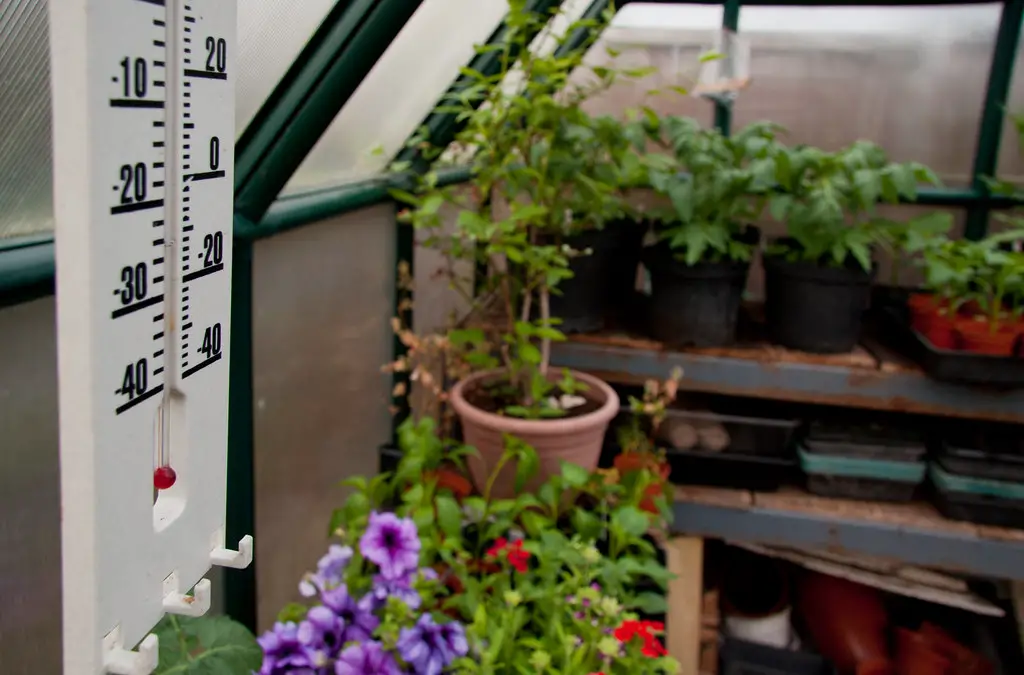
Controlling Temperature Fluctuations
Maintaining a stable temperature is vital. Use ventilation systems like vents or fans to prevent overheating during sunny days. At night, employ heat retention strategies such as closing vents and using thermal mass to keep the greenhouse warm.
Managing Humidity Levels
Proper airflow helps control humidity, reducing the risk of fungal diseases. Space plants adequately to allow air to circulate. If humidity is too high, consider using a dehumidifier or increasing ventilation.
Utilizing Shade Cloths and Insulation
Weather can be unpredictable. Shade cloths protect plants during unexpected heatwaves by reducing sunlight intensity. For chilly nights, add insulation like bubble wrap to the greenhouse walls to guard against early frosts.
Sustainable Practices for Fall Greenhouse Gardening

Rainwater Harvesting for Irrigation
Conserve resources by harvesting rainwater. Install gutters and downspouts to collect water in barrels. Natural water sources are free of chemicals found in tap water, benefiting your plants and the environment.
Composting and Organic Fertilizers
Create your own compost using kitchen scraps and garden waste. Compost enriches the soil with nutrients and improves its structure. Use organic fertilizers like bone meal or fish emulsion as eco-friendly nutrient sources.
Natural Pest Management Strategies
Avoid chemicals by adopting natural pest management. Introduce beneficial insects like ladybugs to control aphids. Use organic repellents, such as neem oil, or set up traps for pests. These methods keep your garden healthy without harming the ecosystem.
Harvesting and Enjoying Your Fall Bounty

Optimal Harvest Times for Peak Flavor
Harvesting at the right time ensures the best taste and texture. Pick leafy greens when leaves are tender and before they become tough. Root vegetables are ready when they reach the desired size; you can check by gently digging around them. Use proper harvesting techniques, like cutting leaves instead of pulling, to encourage continued growth.
Preserving and Storing Excess Produce
If you have more produce than you can eat, consider preserving it. Canning, freezing, and drying are effective methods to store vegetables for later use. Root vegetables like carrots and turnips can be stored in a cool, dark place to extend their shelf life.
Recipes to Celebrate Your Harvest
Enjoy the fruits of your labor by preparing seasonal dishes. Make a hearty vegetable soup with your fresh greens and root vegetables. Share your harvest with friends and family by hosting a fall-themed dinner or giving away some of your produce.
Final Thoughts
The Rewards of Fall Greenhouse Gardening
Growing your own vegetables in the fall offers numerous benefits. You’ll enjoy fresh, nutritious produce at a time when most gardens have gone dormant. The process brings a sense of personal satisfaction and connects you more deeply with the rhythms of nature.
Encouragement to Innovate and Grow Year-Round
Don’t let the change of seasons halt your gardening enthusiasm. With the right techniques and a bit of creativity, you can continue to grow plants even as winter approaches. Take advantage of the opportunities that fall greenhouse gardening provides, and keep your gardening passion alive all year long.
